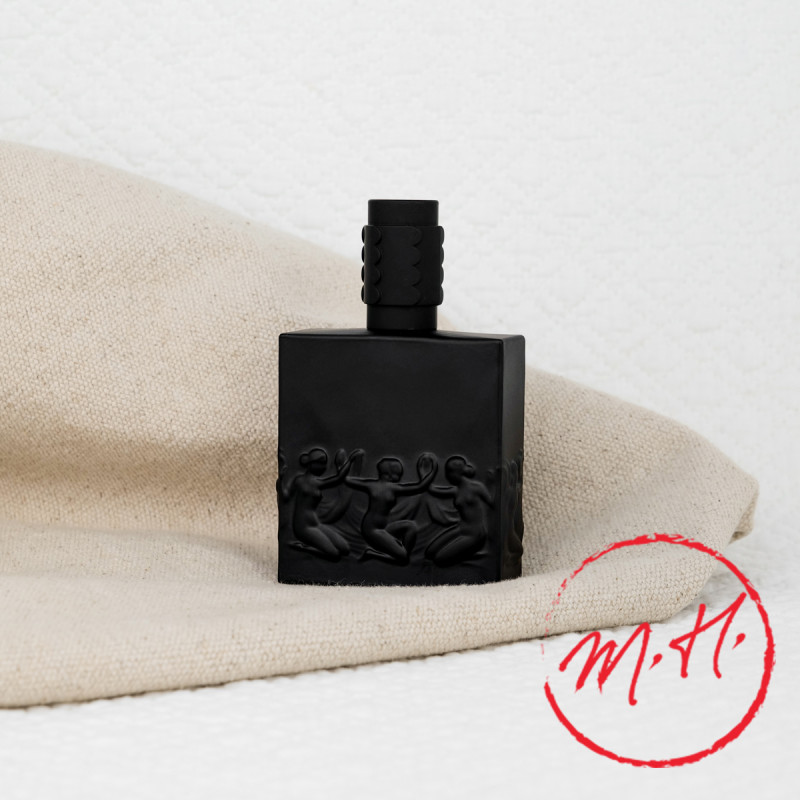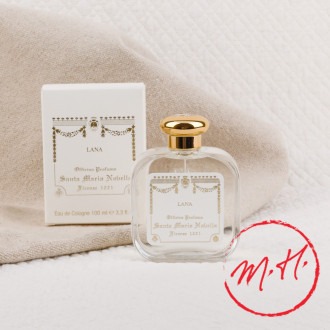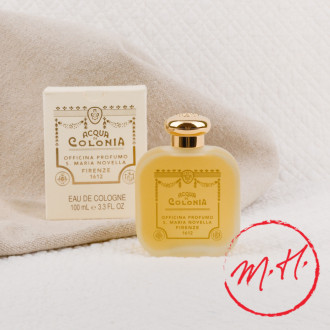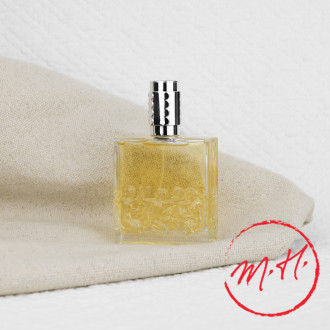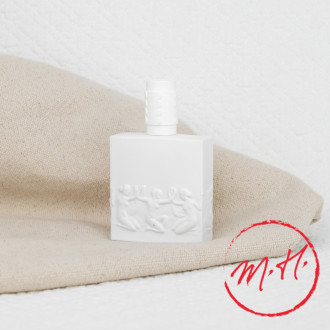Eau de Parfum Habanita 75ml - Molinard
In the backstreets of Grasse, a perfume born in 1921 still defies convention, with its masculine vetiver slipped into a free-spirited bottle.
Description
The rebellious spirit of the Roaring Twenties
When Henri Bénard composed Habanita for Molinard, he had no idea he was making history. Founded in 1849, Molinard dared the unthinkable: to offer women vetiver, the earthy root hitherto reserved for men. A gesture that accompanies women in their quest for emancipation. Habanita becomes a symbol of freedom.
A fragrance of great complexity
680 essences come together in this bottle. A patient blend requiring the skill of a goldsmith to marry so many noble materials.
Top notes: Lentisque, a Mediterranean resin, brings a green, balsamic freshness. Rose geranium unfurls its lemony, mentholated facets. Petitgrain, the essence of bitter orange, completes the opening with its citrus and woody accents.
Heart notes: Nutmeg warms the composition with its gentle spiciness. Heliotrope distills its powdery almond fragrance. Vetiver, the perfume's rebel star, imposes its earthy, smoky signature. Tropical ylang-ylang rubs shoulders with precious Taïf rose, while cedar, mimosa and jasmine weave a complex floral bouquet.
Base notes: Bourbon vanilla wraps you in its creamy softness. Ambergris brings depth and marine animality. Smooth sandalwood binds the woody accords. Earthy oak moss dialogues with sensual musk. Patchouli closes this olfactory architecture with its woody, camphorous tones.
Its concentration in eau de parfum guarantees a strong presence from morning to night. Habanita's oriental, woody notes blossom on the skin, creating a scent that is instantly recognizable. A fragrance for both men and women who love authenticity.
The black case by René Lalique
The matte black glass bottle bears the signature of the master glassmaker. In the 1930s, René Lalique engraved a frieze of naiads, the nymphs of springs and rivers, for Molinard. The female bodies intertwine in bas-relief on the dark glass, creating a play of light and shadow. The protruding edges of the thick glass catch the light, while the sculpted cap completes this Art Deco architecture. Habanita fragrance deserves its exceptional case.

